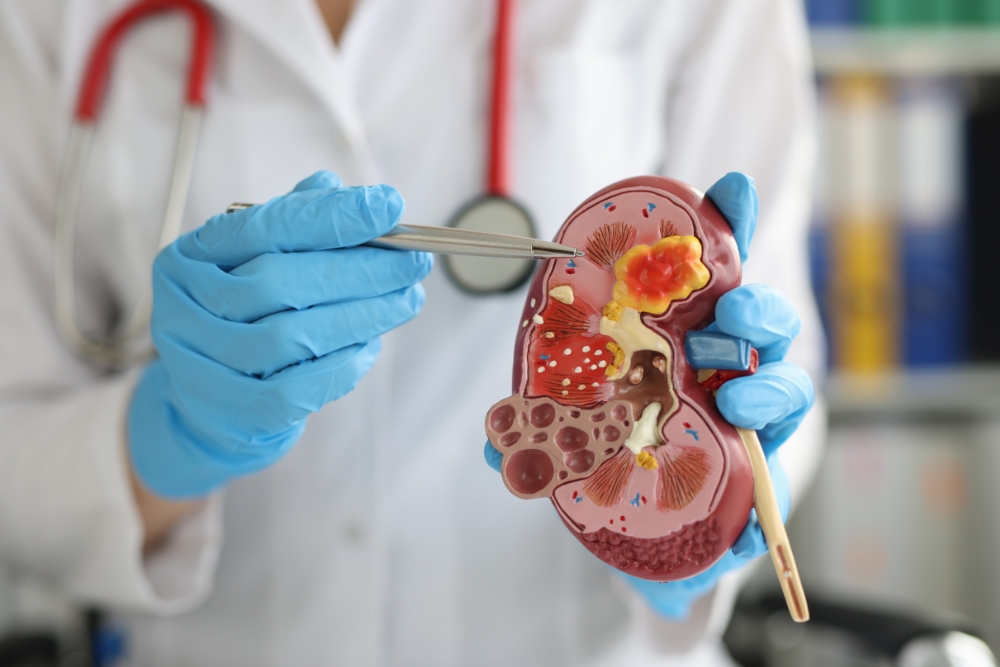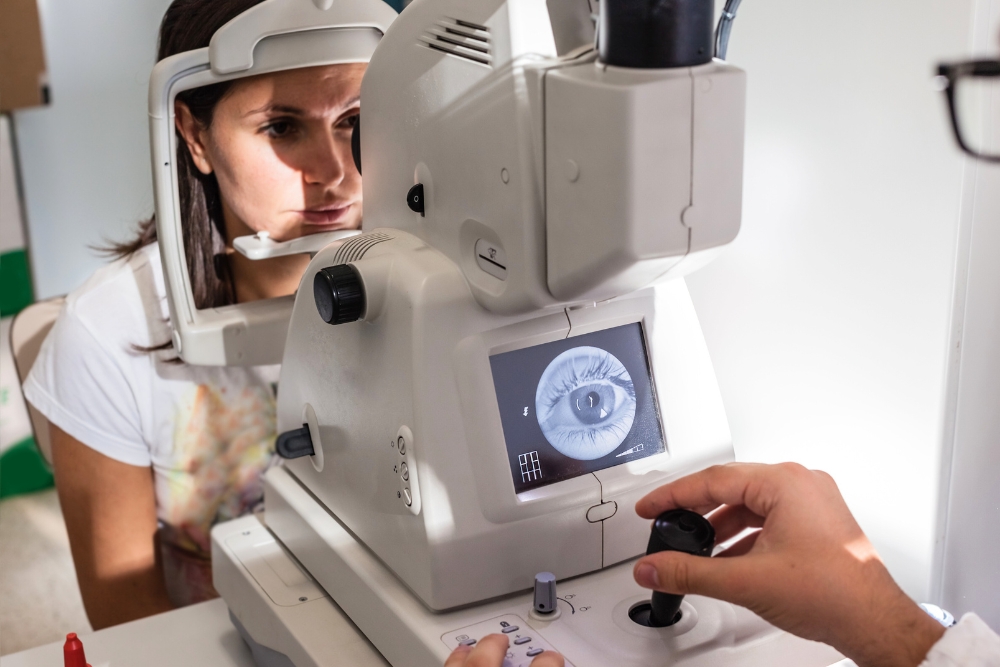-
Understanding Crimean-Congo Hemorrhagic Fever (CCHF)
-


Crimean-Congo Hemorrhagic Fever (CCHF) is a serious viral infection that can affect both animals and humans. Though not as widely known as other diseases, CCHF poses a significant public health risk, especially in areas where tick exposure and livestock handling are common.
The CCHF virus is primarily transmitted to humans in two ways:
Additionally, human-to-human transmission can occur through direct contact with the blood, secretions, organs, or other bodily fluids of an infected person particularly in healthcare or caregiving settings.

After 2 to 4 days, symptoms may shift from agitation to sleepiness, depression, and fatigue (lassitude). The abdominal pain may localize to the upper right quadrant, sometimes accompanied by hepatomegaly (enlarged liver).
The antiviral drug ribavirin has shown apparent benefit. Both oral and intravenous forms of the medication appear to be effective in managing the infection and reducing complications when administered early.

While treatment options are limited, prevention plays a crucial role in reducing the spread of CCHF. Here’s how individuals, farmers, and healthcare workers can protect themselves:
The tick vectors are numerous and widespread, so tick control with acaricides is a realistic option for animal markets and local farms. There are no vaccines available for use in animals.
To minimize the risk of infection:
People who work closely with animals should take precautions, especially during handling or slaughter:
Simple protective steps can help avoid secondary spread:
Crimean-Congo Hemorrhagic Fever is preventable with the right knowledge and precautions. If you live or work in areas with livestock or ticks, awareness is your first line of defense. Simple habits — like wearing the right clothing, using repellents, and practicing hygiene — can go a long way in keeping you and your community safe.
For more information or symptoms consultation, always reach out to a qualified healthcare provider.













